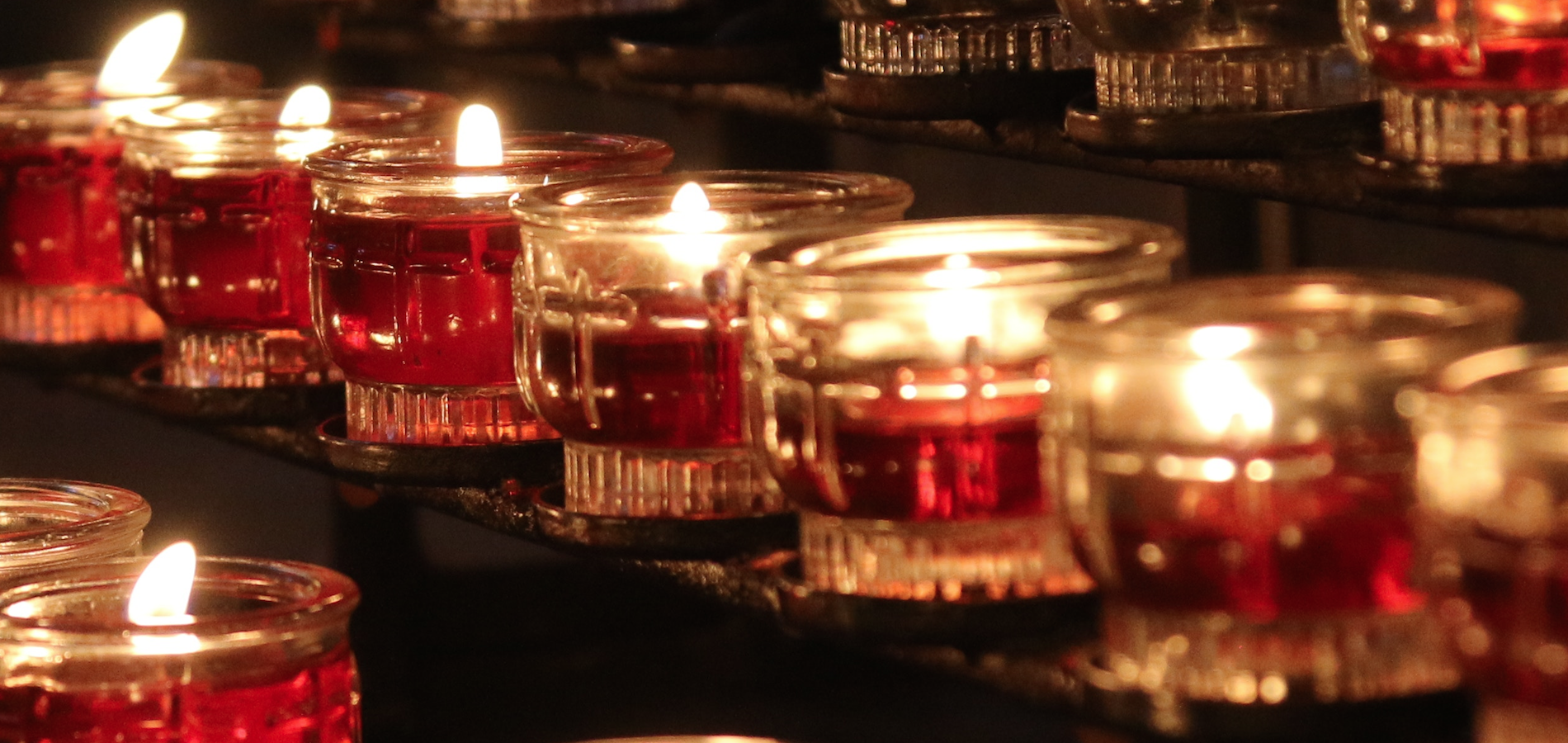Fire Juggling Rabbis Of Simchas Beis HaShoeva & Other Fun Facts
The Mishna in Sukkah relates that “He who has not seen the rejoicing at the Place of the Water-Drawing has never seen rejoicing in his life.” The Siloam Spring in Jerusalem, pictured above, was the source of water for the Simchas Beis HaShoeva, or Rejoicing in the House of Water Drawing, a ceremony which took place in Temple Times on mornings throughout Sukkos. The Talmud states that this week is when Hashem judges the rainfall we could potentially get in the coming year. In modern times, without a Temple, Jews gather at yeshivas, shuls, or community centers to host a sukkah party of refreshments, singing and dancing, often with live music that can last well into the night.
Here are some lesser known facts about this joyous occasion:
– Fire Juggling Isn’t Just for the Circus
Juggling was a way of expressing profound joy (as we see in wedding shtick even to this day) and during the Simchas Beis HaShoeva, several very distinguished and learned rabbis were known for their juggling: Shmuel bar Abba, Levi bar Sissa and Abaye. But the best-known was Rabbi Shimon Ben Gamliel, the head of the Sanhedrin (Talmudic High Court), who was known for his amazing ability to juggle eight torches at once…which happened to be on fire! He would throw them in the air in a special pattern so that they never touched each other. He was also known for his crazy acrobatics, including a headstand where he would kiss the ground and raise himself back up again. The Gemara also relates that Reb Levi used to juggle eight knives in front of Rabbi Yehuda HaNasi, and Shmuel would juggle eight full glasses of wine, without spilling a drop. Rabbi Rabba would watch Rabbi Abaye juggle eight eggs. It’s no wonder that in the words of Rabbi Joshua ben Chanania, “For all the days of the water drawing, our eyes saw no sleep.” They didn’t want to miss the show!
– Water: The great equalizer
Normally, wine libations were poured on the altar. Producing fine wine is an arduous and timely process requiring great skill, much like the work it takes to refine oneself. But during Simchas Beis HaShoevah, water in addition to wine was poured on the altar. Water, unlike wine, is plain, with no work required to produce it. In the days following Yom Kippur, water being poured in addition to the wine signifies that every type of Jew, from the righteous to the wicked, are all having their repentance accepted together. Hashem has accepted all of our repentance and we celebrate this.
– Shofars Aren’t Just for Rosh Hashana
The Mishna in Sukkah relates that every morning, the priests went to the Siloam stream and walked slowly with it back up the hill to the Temple’s Water Gate. When they finally arrived, after being cheered on the entire way, they were greeted with Shofar blasts. The Levites played lyres, trumpets and harps as two Cohanim sounded silver trumpets on either side of the Temple court’s entrance.
– The time the High Priest Got Pelted With Esrogim
While most Jews of Temple Times upheld both the written and oral Torah, there was a group of dissenters who decided not to follow the oral tradition passed on from Moses known as the Sadducees. They believed that Simchas Beis HasShoeva was not part of Jewish tradition and they fought its enactment with bitter rivalry. A Cohen who was a Sadducee was honored with the libation, but instead of splashing water into the altar, he poured it onto his own feet. The horrified crowd rioted and pelted the priest with their esrogim (citrons). From then on, the Cohanim in charge of the ceremony would lift the water vessel high into the air so that the entire gathered crowd could see that the mitzvah was being done the right way.
If you found this content meaningful and want to help further our mission through our Keter, Makom, and Tikun branches, please consider becoming a Change Maker today.







